By Molly Griffiths, Communication Studies ‘26 and Zoe Kirsch, Communication Studies ‘26, for JOUR 4130 Gender, Race, and Class in Journalism and Mass Media with Victoria LaPoe, Spring 2025.
During the spring 2025 semester, the staff of the Mahn Center for Archives and Special Collections worked intensively with Victoria La Poe’s JOUR 4130 class, Gender, Race, and Class in Journalism and Mass Media. The students explored, selected, and researched materials from the collections, then worked in small groups to prepare presentations. The students had the option to then expand their research into a blog post like this one for their final project.
As societal expectations continue to target women’s appearance, certain books come along that illustrate the daily experiences of women all over the world. American Breeding Standards is an art piece that uses excerpts from American Horses and Horse Breeding (Dimon, 1895) and Canine Breeding Standards of the German Shepherd (American Kennel Club, 2012) to talk about female beauty standards. Produced in 2013 by artist Ellen Knudson, this illustrated artists’ book compares the value and expectations of women to that of horses, as done throughout various points in history. Through artificial intelligence, knowledge from our coursework, and a Microsoft Teams conversation with Knudson, we furthered our understanding and impact of this rare art piece through the lens of our coursework.
American Breeding Standards and Artificial Intelligence
Upon viewing this piece, we wondered if there was historical context in comparing women to horses. To gain a brief overview, we asked ChatGPT, “What is the history between the relationship of men, society, and the comparison of women and horses as companions?” This was to provide more context to how beauty standards have been established throughout history. The website broke down the five main ways throughout different points in history that women and horses were relevant and associated in society.
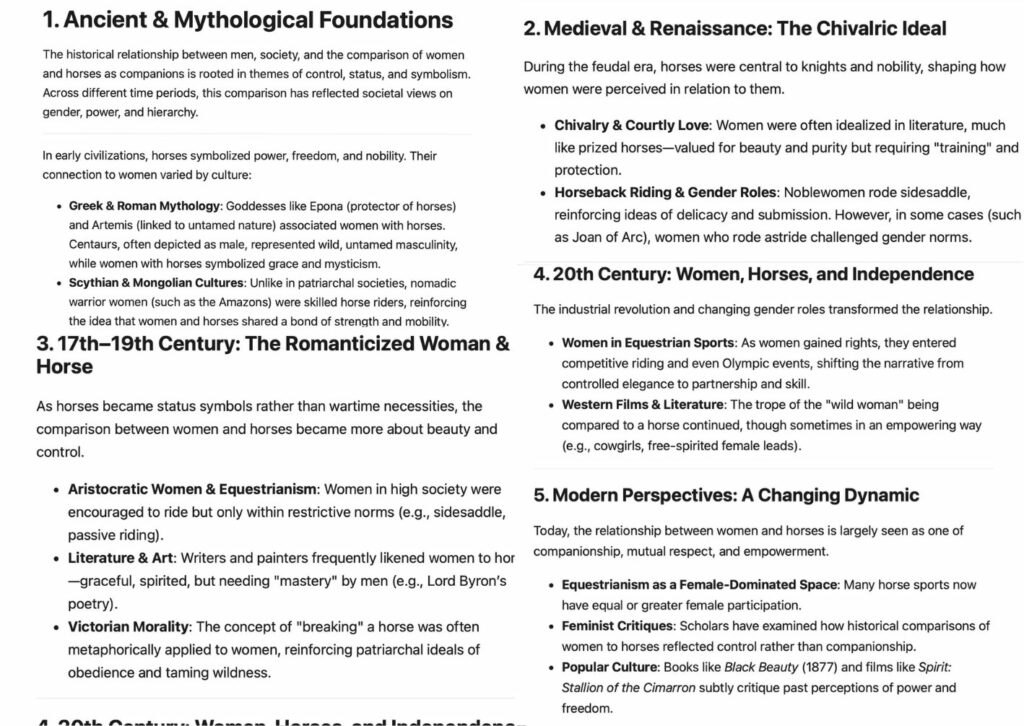
Ellen Knudson and American Breeding Standards
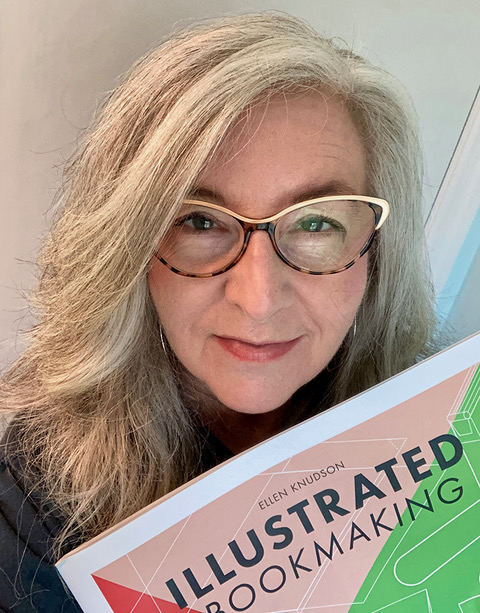
This output illustrates the historical comparison of women to horses. Artificial intelligence was also relevant to the content of American Breeding Standards. In our conversation with Knudson, she brought up artificial intelligence and how it has made her piece more relevant than when it was written.
Throughout history, women have had unrealistic images to look to as their ideal body. Knudson talked about how when she was a teenager, she noticed the unrealistic looks of models in magazines. Now, it is possible the pictures we are seeing are not real people at all, making the standards even more unachievable, which has real consequences. Women feeling negatively about themselves because they do not reach the beauty standards set for them by men has impacted us in every stage of our lives.
Research shows that women’s bodies contribute to their identity as women (Grahn, 2024). However, only certain ways of appearance management are deemed acceptable, which results in a double bind. A double bind occurs when an individual faces two factors that are unpleasant. “Women face the ‘double bind’ of trying to submit to either feminine or fitness norms and condemning other women for performing the same actions” (Grahn, 2024, p. 1). This is what artist and author Knudson intended to communicate with her work, American Breeding Standards. Before starting her work, she did research about body dysmorphia and how people want to “chop off their limbs” to fit a specific standard. She then came across the concept of “good horses and bad horses” in breeding and thought it aptly applied to how women are viewed in society.
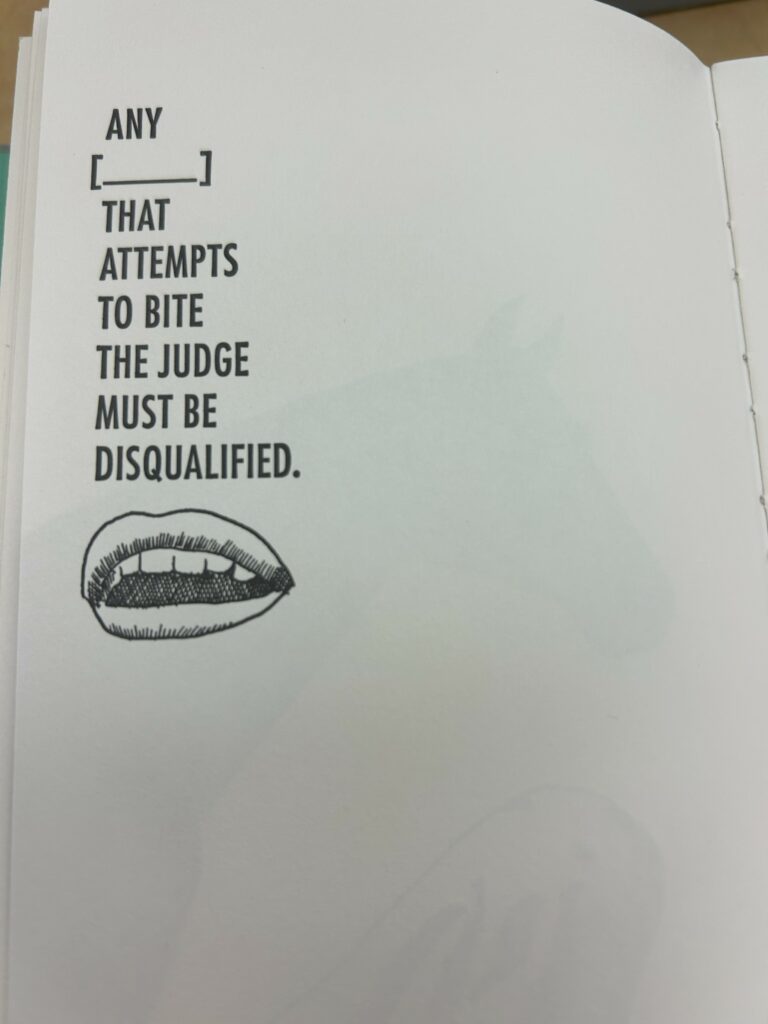
American Breeding Standards exposes long held ideologies about women throughout history, including those put on by the male gaze (Ohio University login required for full text). Hall (1995) describes ideologies as ways we make sense of the world around us, good and bad. The male gaze is an ideology that heavily informs American Breeding Standards as an art piece. The term was coined by film theorist Laura Mulvey in 1975. The term originally referred to how the film industry positioned women in film as an object to be looked upon by men. Today, the male gaze has become increasingly relevant in our culture. Social media has played a role in emphasizing the male gaze as platforms grow in number of users. With social media usage, the public are more exposed to celebrity culture and pornography, which frame women in specific ways. Consequently, women feel pressure to mimic those standards, and men view them passively from behind the screen (Oliver, 2017). The male gaze is an ideology that is enacted in a multitude of ways, and Knudson’s piece captures that.
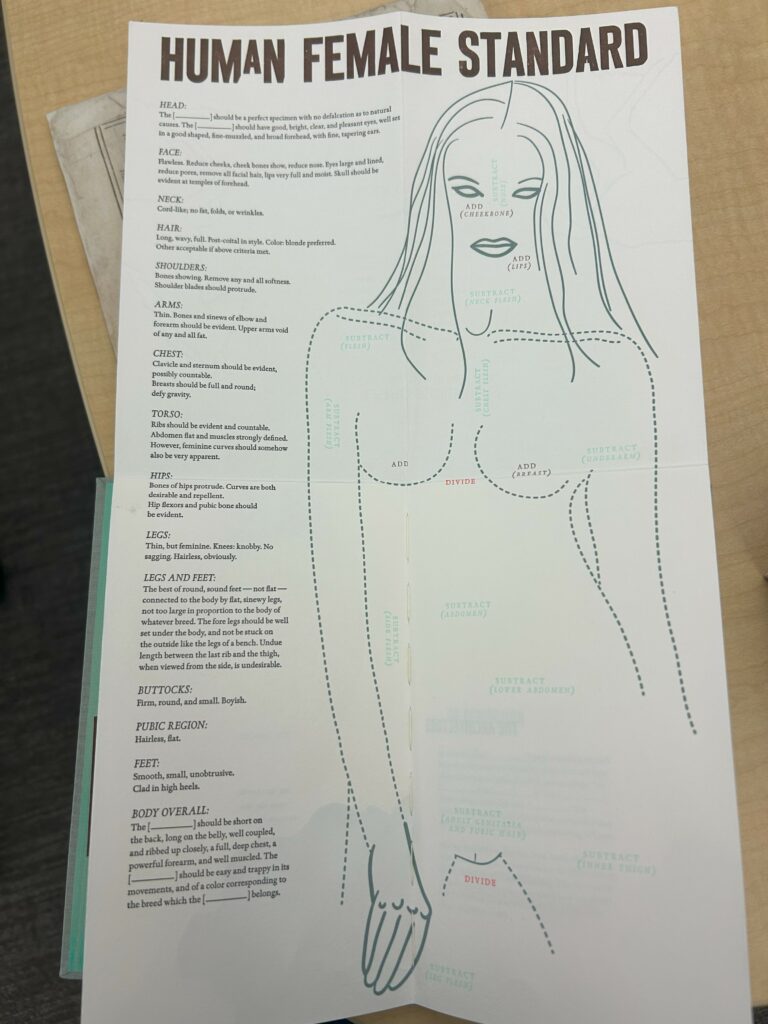
While American Breeding Standards is a powerful piece, does it connect with people who have not experienced the pressure put on by the male gaze and beauty standards? Resonance is how much a story connects to an audience and is important to communicate one’s main idea. At the beginning of our conversation when asked what inspired her to make this piece, Knudson simply said “being a woman.” This led us to discuss how American Breeding Standards might be received by men and other diverse audiences. Representation is the portrayal of something in a particular way, and the way the audience is expected to understand. During our conversation, we discussed other pieces of media like the Barbie movie, which took over the box office and social media two summers ago for its metaphoric depiction of the life of women. Knudson recognized her limitations as her perspective can only relate to so many people, saying:
“it’s hard because when I do my work, I’m really thinking from my own little world, in a way. Like my blinders on, kind of looking at what I feel and my experiences.”
By using her own life as inspiration, the audience feels the authenticity and shared experiences of so many women. Knudson welcomes anyone to read, joking, “Come on in! Join into this fun game that we play.” However, the piece is most targeted toward women who may relate to the societal issues Knudson communicates.
Conclusion
As technology continues to advance and society maintains unachievable beauty standards, our conversation led into the rise in editing ourselves. “Framing [Ohio University login required for full text] refers to the process by which people develop a particular conceptualization of an issue or reorient their thinking about an issue” (Chong & Druckman, 2007, p. 104). Framing is especially prevalent today as people are easily capable of manipulating images and themselves to fit today’s standards and trends. Knudson expressed her concern for the addition of Artificial Intelligence and social media to our daily lives, saying:
“Be more whatever, be less whatever. And if you’re asking me to be more and less, why can’t I just be?”
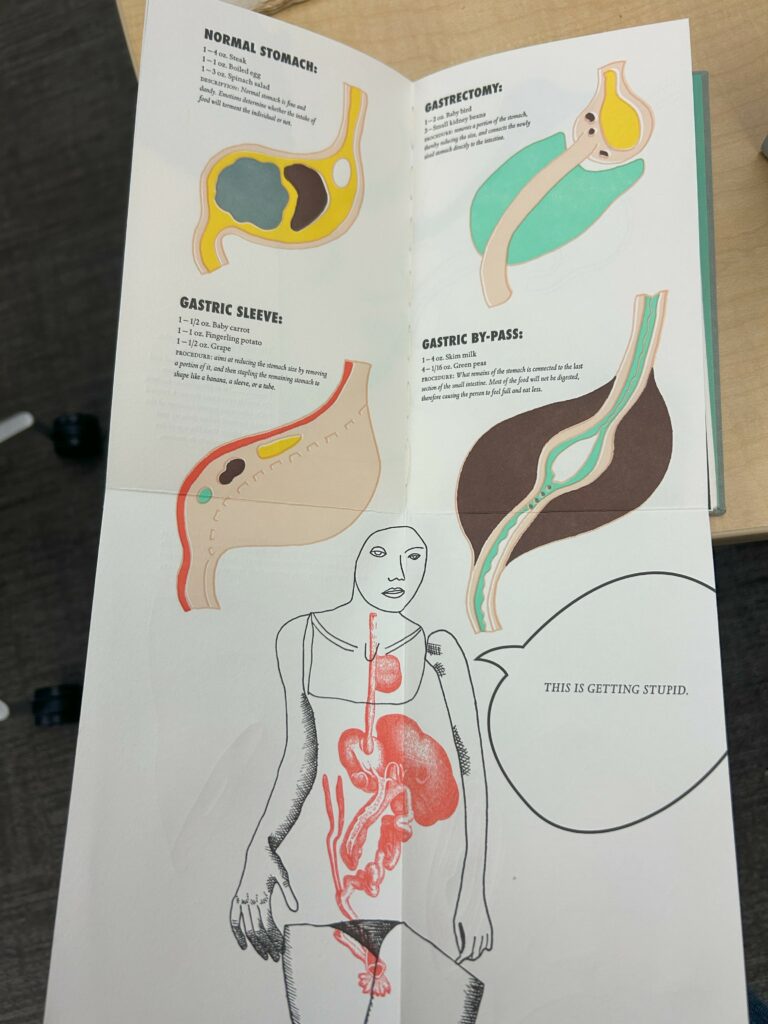
Further research should consider how American Breeding Standards would be received in today’s political climate if it were to be communicated to a larger audience. Different groups of people may have different perspectives on this book due to factors that may not be accurately portrayed by the author or our analysis. As white women, we are the desired audience for this piece, so we may not have as nuanced of a perspective, as Knudson mentioned in our conversation. With the continued advancements of technology, it is important to consider how those issues would be included if the book were recreated now.
References
American Kennel Club. (2012). German Shepard Dog. American Kennel Club.
Chong, D., & Druckman, J. N. (2007). Framing Theory. Annual Review of Political Science, 10(1), 103–126. https://doi.org/10.1146/annurev.polisci.10.072805.103054
Dimon, J. (1895). American horses and horse breeding: a complete history of the horse from the remotest period in his history to date. The horseman’s encyclopedia and standard authority on horses, embracing breeds, families, breeding, training, shoeing, and general management. The modern and practical horse doctor on the cause, nature, symptoms, and treatment of diseases of all kinds. Webster Family Library of Veterinary Medicine. https://archive.org/details/americanhorsesho00dimo
Grahn, A. (2024). Navigating the double bind – gendered attitudes towards appearance-based exercise in Finland. International Review for the Sociology of Sport, 0(0). https://doi.org/10.1177/10126902241307425
Hall, S. (1995). The whites of their eyes: Racist ideologies and the media. In Gender, Race, and Class in Media (pp. 18–22). Sage. https://blog.richmond.edu/watchingthewire/files/2015/08/The-Whites-of-Their-Eyes.pdf
Knudson, E., & Dimon, J. (2013). American breeding standards. Crooked Letter Press.
Mayo Foundation for Medical Education and Research. (2022, December 13). Body dysmorphic disorder. Mayo Clinic. https://www.mayoclinic.org/diseases-conditions/body- dysmorphic-disorder/symptoms-causes/syc-20353938
Mills-Brown, L. (2025, March 3). Tony Schwartz. Encyclopedia Britannica. https://www.britannica.com/biography/Tony-Schwartz
Oliver, K. (2017). The male gaze is more relevant, and more dangerous, than ever. New Review of Film and Television Studies, 15(4), (pp. 451–455). https://doi.org/10.1080/17400309.2017.1377937
Racz, L. (2023, July 24). Barbie Movie Review. Truth and Counsel. https://www.truthandcounsel.com/blogandresources/barbie-movie-review-the-good-the- bad-amp-the-weird
Santoniccolo, F., Trombetta, T., Paradiso, MN., Rollè, L. (2023). Gender and Media Representations: A Review of the Literature on Gender Stereotypes, Objectification and Sexualization. Int J Environ Res Public Health. 20(10) https://pmc.ncbi.nlm.nih.gov/articles/PMC10218532